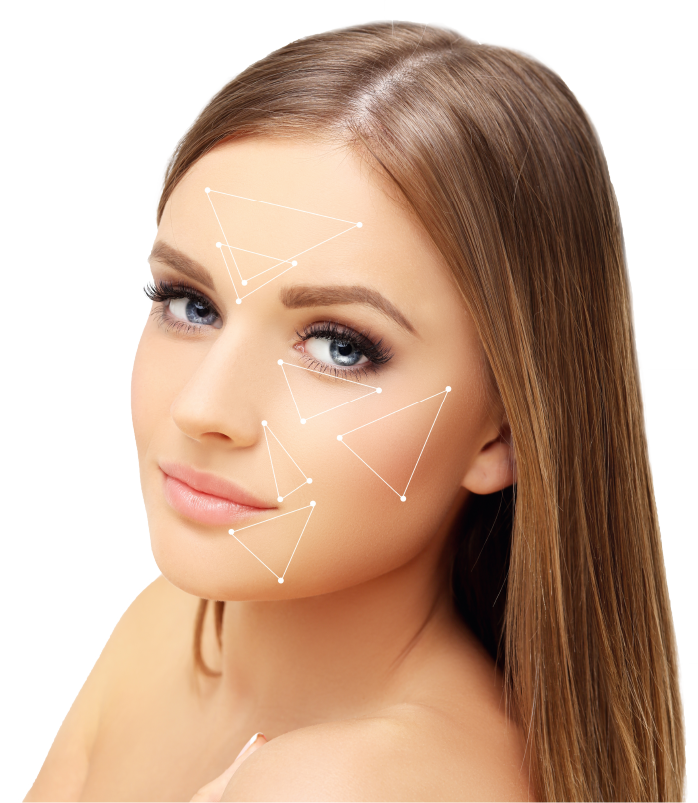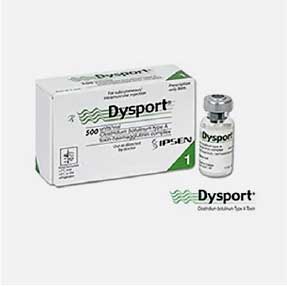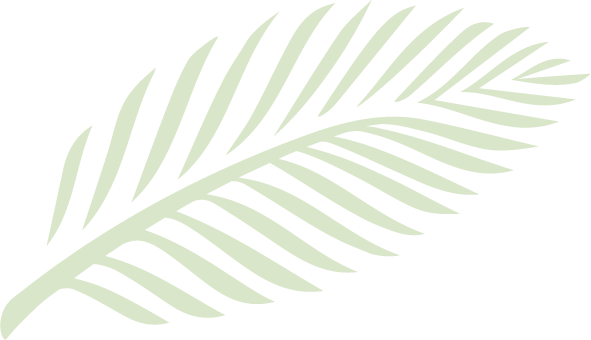


Injection
Procedures
Injectable Fillers offered At Our Practice Include:
• Juvederm
• Juvederm Ultra
• Juvederm Ultra Plus
• Juvederm Voluma
• Juvederm Volbella
• Juvederm Vollure
• Restylane
• Restylane Silk
• Restylane Lyft
• Restylane Refyne
• Restylane Defyne
• Restylane Kysse
• Restylane Contour
• Sculptra
Over the past several years, options for injectable fillers have become significantly refined. The majority of fillers used today are forms of hyaluronic acid (HA). Hyaluronic acid is a substance that occurs naturally in all mammals and has been successfully and safely cloned in the laboratory.
Because pure hyaluronic acid would be broken down by the body in about 24 hours, HA injectables have been modified to increase their stability over time by a process called cross-linking. The different HA products differ in molecule size as well as amount of cross-linking. These variations cause changes in characteristics such as “thickness” of the product and how long it remains in the body. The average treatment results last around six months, although the length the product remains can vary based on individual factors, the product chosen, and the area being treated.
There is a very small number of patients who are very nervous about any kind of procedure that involves needles or even minimal discomfort. For these individuals we offer a range of options to offer complete comfort, including sedation by our expert anesthesiologist.
Explore Other Injectable & Filler Options
Products such as Voluma and Restylane Lyft are more “robust,” and therefore they are commonly injected deeper, especially near the bones of the midface. This creates a very natural enhancement of the area and restoration of volume which is naturally lost as part of the aging process.
Restylane and Juvederm are “thinner” products, which are used more superficially, as appropriate. Restylane Silk is a newer formulation of Restylane, specifically designed for the lip area.
The newest fillers to reach the market are Restylane Refyne (a thinner product, designed for more superficial applications) and Restylane Defyne (a thicker product, designed for deeper applications). These products are more flexible, allowing for an increasingly organic appearance during movement of the face.
Use These Types of Injectable Fillers for:
• Lip augmentation
• Restoration of lost volume in the cheeks/midface and other areas of the face
• Making the jowls appear less pronounced
• Smoothing wrinkles and folds
• Adjusting droopy mouth corners
• Reducing nasolabial folds (folds around the nose)
In recent years, injectables have become increasingly popular among both men and women. We have seen a dramatic rise in the use of injectable products for facial refinement and facial rejuvenation.

Use These Types of Injectable Fillers for:
• Lip augmentation
• Restoration of lost volume in the cheeks/midface and other areas of the face
• Making the jowls appear less pronounced
• Smoothing wrinkles and folds
• Adjusting droopy mouth corners
• Reducing nasolabial folds (folds around the nose)
In recent years, injectables have become increasingly popular among both men and women. We have seen a dramatic rise in the use of injectable products for facial refinement and facial rejuvenation.
Call us: 803-520-1677




Injectable Neurotoxins (Botox, Dysport, Xeomin, Jeuveau)
Unlike fillers such as Restylane and Juvederm, which restore lost volume, Botox, Dysport, Xeomin, and Jeuveau are neurotoxins, which cause muscles to relax for a period of several months. Botox, Dysport, Xeomin, and Jeuveau are each slightly different formulations of Botulinum toxin type A, a naturally occurring toxin which when injected next to muscle, causes the muscle to relax. This relaxation can be partial or complete, depending on the amount of product used and the strength of the muscle being treated. The 3 different brand names listed above are in reality much more similar than different. Over recent years, Dysport has become our preferred preparation in most cases, because its onset of action seems to be quicker, with noticeable improvement usually beginning after 2 to 3 days, versus 6 or 7 days with Botox or Xeomin.
The FDA has approved the use of Botox for treatment of glabellar lines, which are vertical wrinkles between the eyes These typically occur with frowning. Botox is also approved for treatment of crows feet, which are wrinkles occurring on the sides of the eyes and in the lower lids, typically with smiling or squinting. There are many off-label uses of botulinum products which have become quite popular in recent years. These include the forehead for reduction of its horizontal lines, bunny lines on the sides of the nose, vertical lines of the lips, and vertical neck bands, also called platysmal bands, muscles which can cause a gummy smile, muscles which pull the corners of the mouth downward, and chewing muscles which when overgrown can cause excessive widening of the lower face and/or TMJ pain. Finally, Botulinum toxin can also be used to stop sweating, particularly in the underarms. For almost all uses, Botox typically lasts for 3 to 5 months, depending on how much is used, while when used to reduce sweating it typically lasts from 6 to 9 months, and sometimes more.
Just like with fillers, the key to getting good results with botulinum toxin injections is to have the proper artistic approach to the face as a whole, and to truly understand the desires of each patient. To aid in achieving optimal results, we keep a photographic record of precisely how much neurotoxin is used and where it is injected. This allows for duplication is results are ideal, or fine adjustments if one is seeking a bit more or less muscle relaxation.
